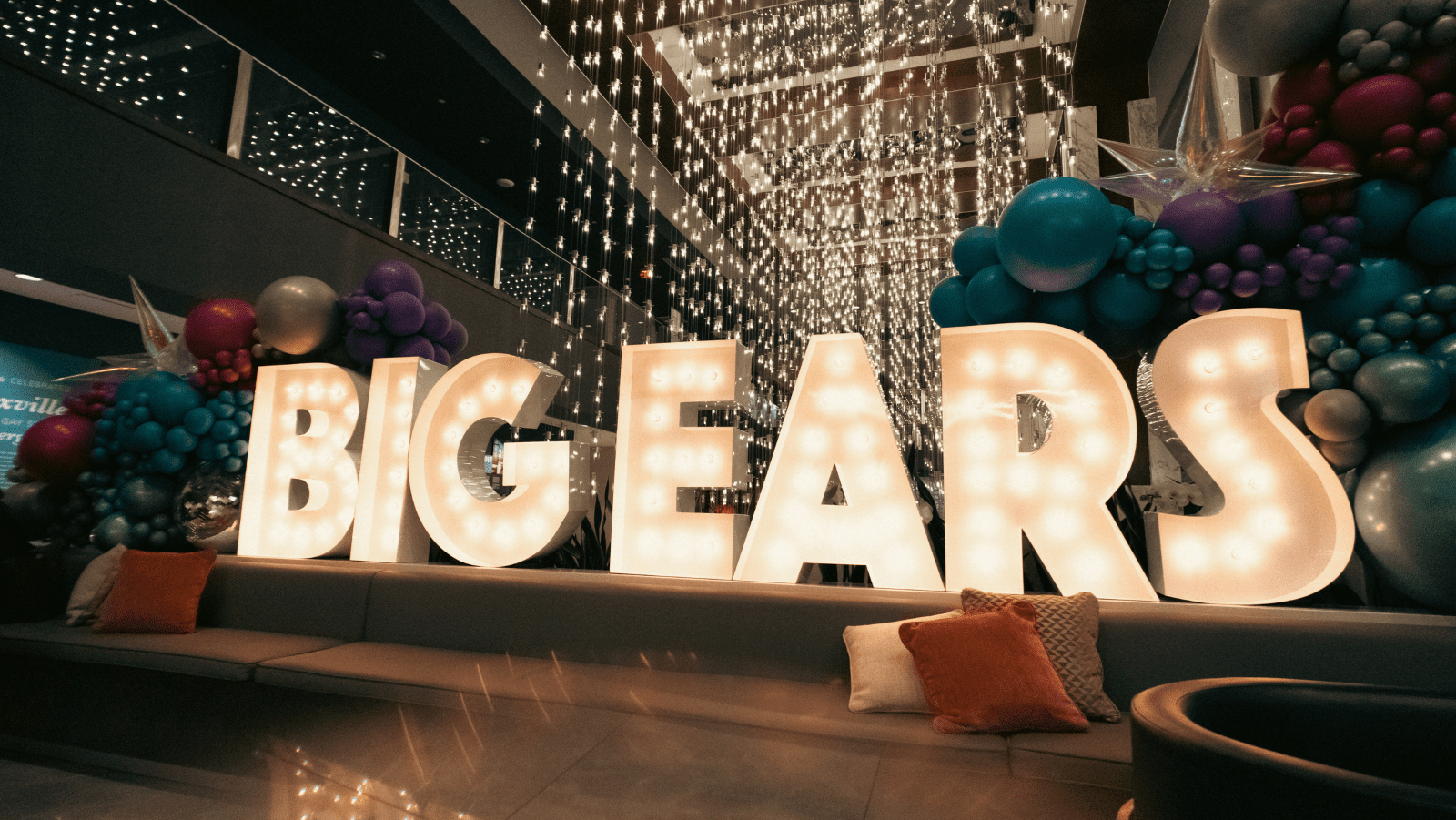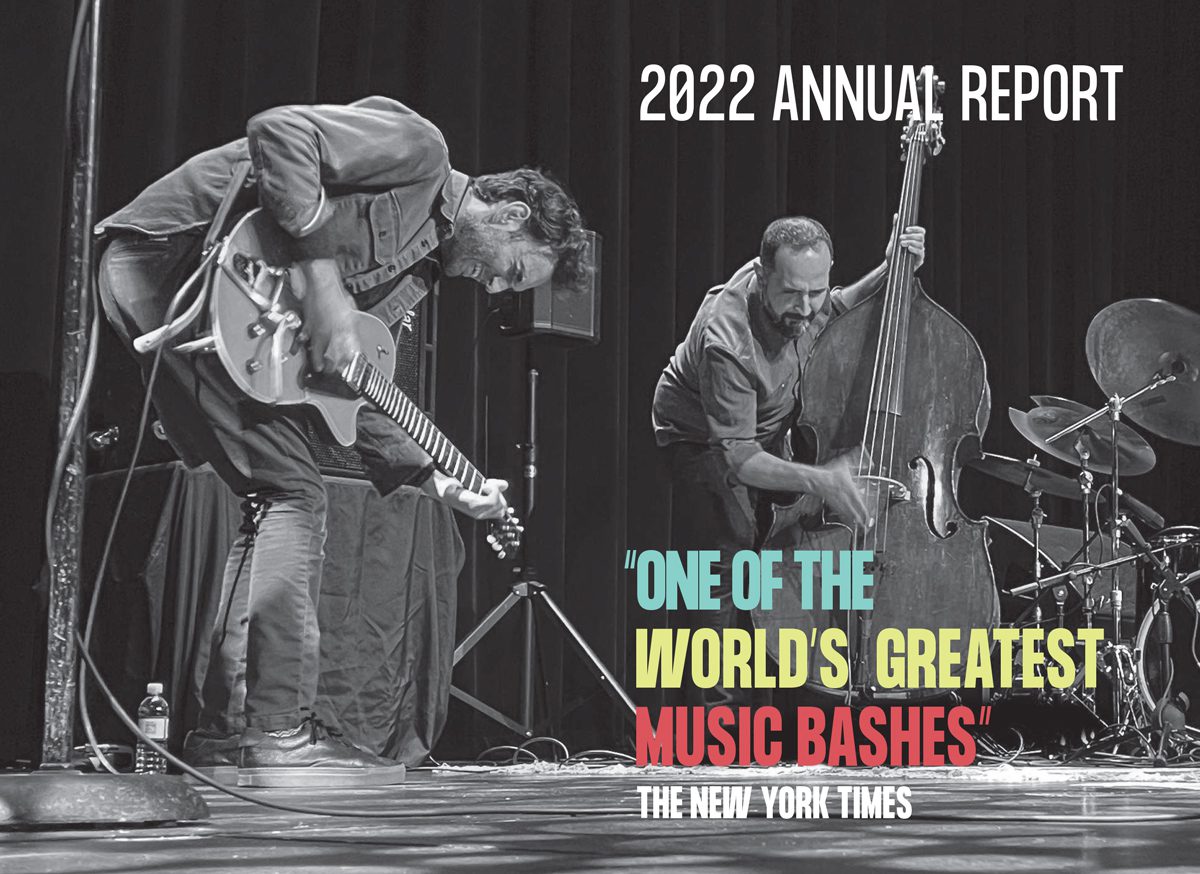Six Harold Budd Albums to Hear Before Big Ears 2019
One of the truly unique and extraordinary facets of Big Ears 2019 will be a career-spanning, multi-concert portrait of the legendary American composer and pianist Harold Budd. Combining world premieres of new work with fresh perspectives on his classic pieces and his influential collaborations with Brian Eno and the Cocteau Twins, Budd will be joined by Terrence Budd and Tim Story, along with ACME (the American Contemporary Music Ensemble) and nief-norf in a multi-dimensional series of concerts spanning the entire festival weekend.
Any opportunity to see Harold Budd perform in concert is a rare and special thing, and this series of programs offers a once-in-a-lifetime opportunity for most of us to experience this remarkable musician’s rich and compelling body of work. As something of a Harold Budd “primer,” we offer a survey of six of his albums to help tell his story and frame his captivating music.
Alongside his early The Pavilion of Dreams and his Ambient 2 Brian Eno collaboration, Budd’s 1984 album, The Pearl, is perhaps his best-known work. And for good reason: It is a masterpiece of mood music, a placid state of nearly peerless beauty. From the glacial creep of his piano at the start of opener “Late October” to the gentle keyboard delay that reflects against the exhalation-like drones of “Their Memories,” Budd excels at using simple gestures to shape profound emotional expanses. Working again with Eno and pedal-steel/production protégé Daniel Lanois, Budd creates a state of grace where your deepest feelings and ideas seem to project onto the music like a blank movie screen or a field of driven snow.
If The Pearl often feels like a pleasant breeze or the slow motion of a pretty stream, Lovely Thunder feels like those same elements gathering into a storm on the horizon line. The follow-up to The Pearl, Lovely Thunder marks the start of Budd’s ongoing collaboration with the Cocteau Twins, who would appear on a wonderful full-length with him later that year under their own names. Their exquisite moodiness is present here, on long tones that always feel a tad ominous or slow bass scans that seem to threaten from the periphery. With more depth and emotional ache than its predecessor, Lovely Thunder is quietly anxious music for Reagan’s second term. “Flowered Knife Shadows” flirts with horror, the 21-minute “Gypsy Violin” with existential unease. If you ever doubt that Budd’s music is backloaded with pathos, witness Lovely Thunder.
Don’t let the title of this six-track, 22-minute, early-1990s gem alarm you: The space never gets crowded by the sounds of three pianos. Instead, the increase in personnel makes this a paradoxical case study in perfect restraint from the very start. The title of “Pulse Pause Repeat” is as functional as it is evocative, making clear the strategy at play—gentle clusters of notes from the pianos, folding into one another and fading into distance before the process begins again. It pulls you close through silence. During “La Muchacha De Los Suenos Dorados,” the pianos seem scattered across the actual room and the sonic spectrum, so that the patient left-hand plod of one provides the chassis for the high, bright runs of another. “The Messenger” is a little romantic wonder, its open-ended melody hanging in space like a question mark seeking companionship.
Budd’s life has been one of consistent surprise, from his unlikely indoctrination into the ranks of ambient composers to his partnership with the likes of the Cocteau Twins. Here’s another unexpected moment: In his 60s, Budd signed to Atlantic to release 2000’s The Room, an hour-long sprawl where each of the 13 tracks offers its own isolated room. The music is a startling and stunning blend of new-age atmospherics and graceful progressions, from the one-man choral exaltations of “The Candied Room” to the near-silent piano patience of “The Room of Accidental Geometry.” There are effects hazes and percussive meditations, organ pedal points and synthetic bass plonks, synthesizer fantasies and celeste excursions. At once a return to form and a path forward, The Room opened Budd’s sound and reputation to realms that once seemed impossible.
Apparently, Budd knows how to make exits. At the start of 2005, he issued Avalon Sutra/As Long As I Can Hold My Breath, a sprawling but cohesive two-disc collection that he said would be his last. As he famously told the press, “I don’t mind disappearing.” It is a sort of career synthesis, connecting the luxuriant tones of The Pavilion of Dreams to his more stark and minimal work. Four duets with saxophonist Jon Gibson seem to capture of the sound of stillness, while several miniatures for string quartet and piano (including one for friend David Sylvian, who released this on his Samadhi Sound label) offer snapshots of variable moods, alternately elegiac and hopeful. The masterpiece, though, is an interconnected pair of pieces toward the end—“A Walk in the Park with Nancy (In Memory)” and “Rue Casimir Delavigne (For Daniel Lentz).” Using subtle electronic manipulation, Budd turns piano-and-Rhodes motifs that stretch like strings of stars into hazy, immersive atmospheres. These songs are worlds you can walk directly into, sitting still for a spell to observe the scenery inside as long as Budd will let you.
This is an album that few thought would ever exist. Years before this 2011 release, Budd announced his impending retirement, making statements about how he’d made his last record. But a trickle of collaborations finally culminated with the three-movement, 13-track In the Mist. This record grows as it moves, beginning with a suite of five spare piano improvisations that slowly burr into a luxurious overtone hum before drifting through a triptych of electronics-enhanced piano miniatures. The finale, though, comes with a string quartet aptly titled Shadows. Haunted and distant but somehow still inviting, Budd translates the hypnosis of his piano work to a larger ensemble, letting single notes stand and fade until their moment seems to have long passed. What an unexpected comeback and treat.




